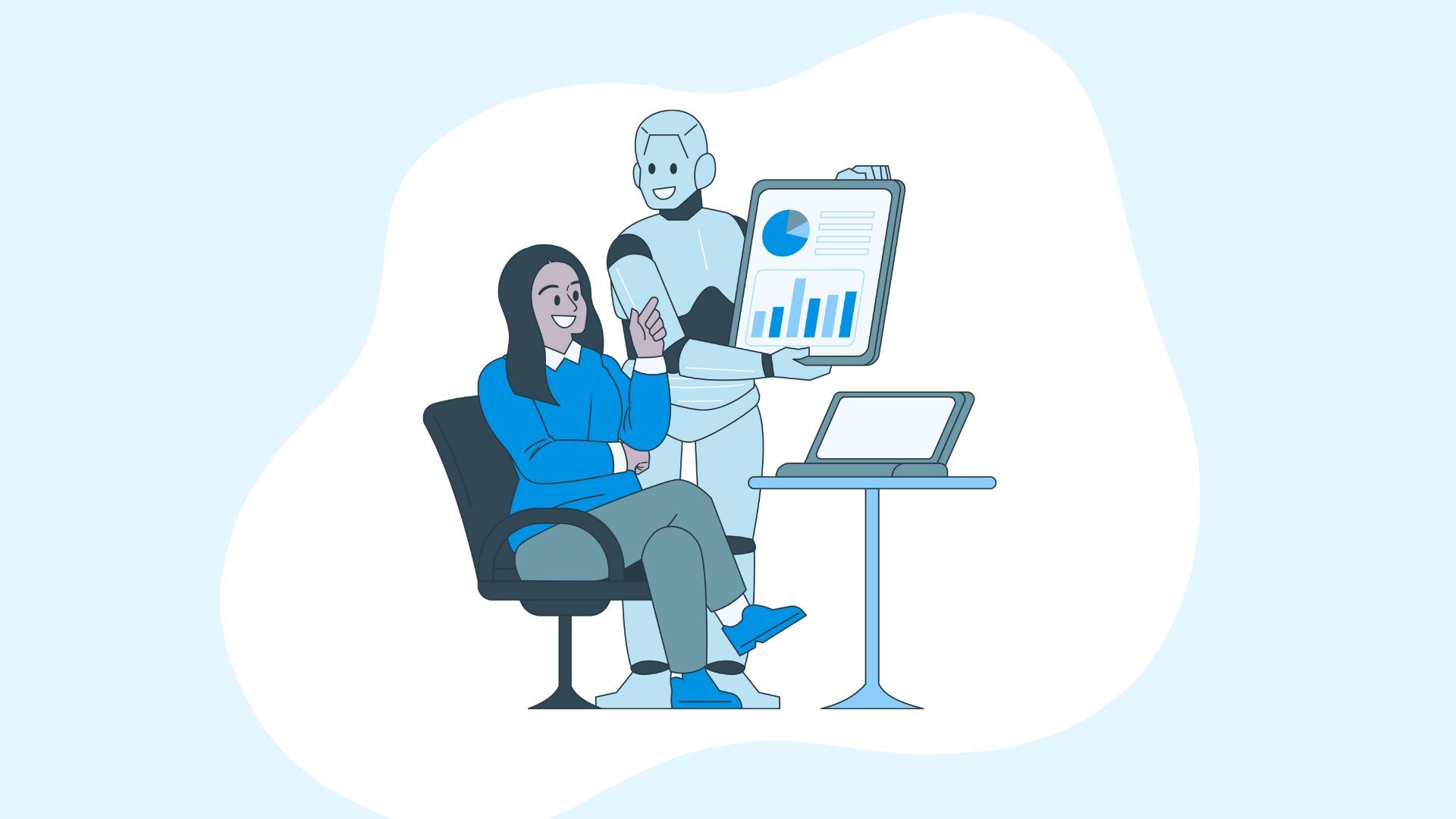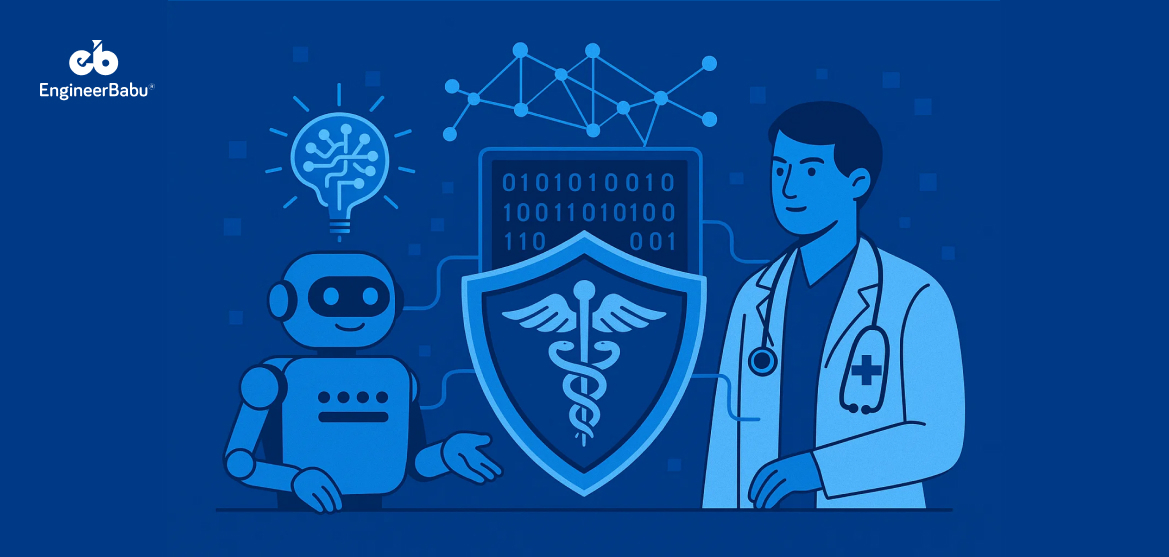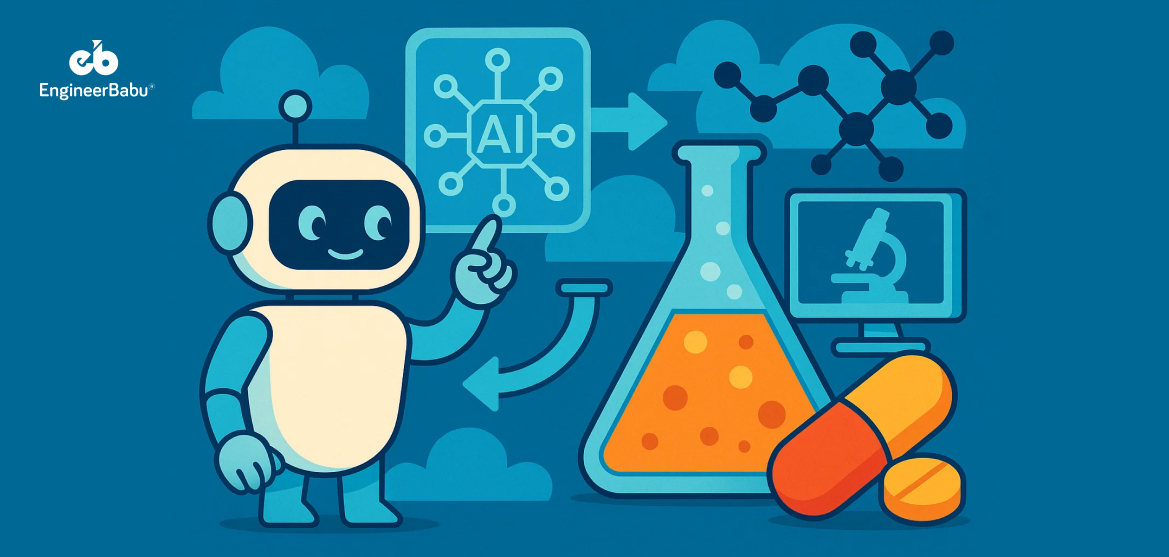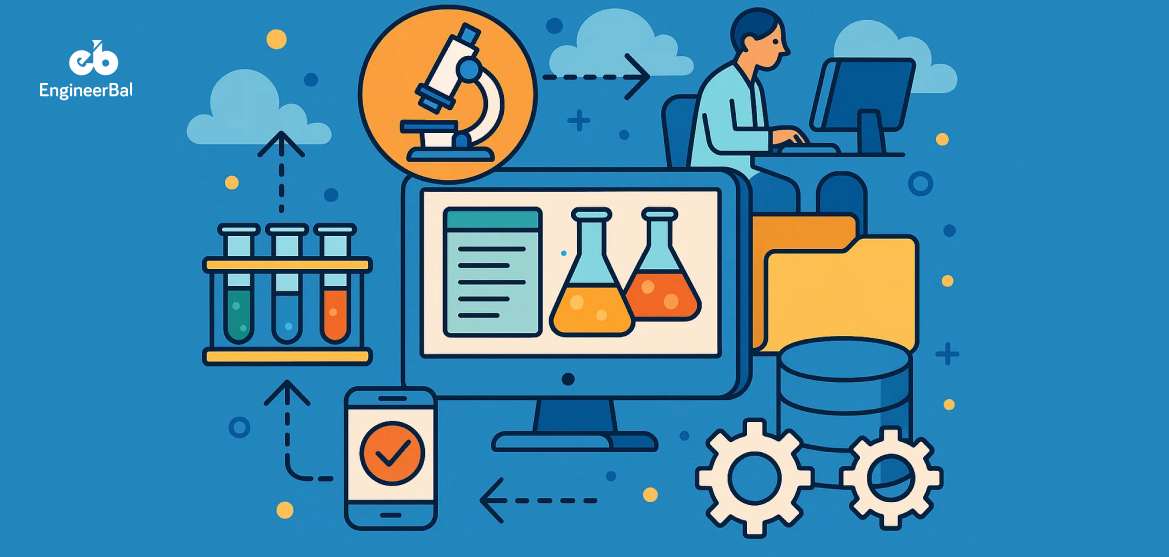Artificial intelligence is no longer just a buzzword in healthcare—it’s a practical tool that’s helping providers deliver faster, more accurate, and more personalized care. But when it comes to clinical diagnosis, AI isn’t just helpful—it’s a game changer.
In this post, we’re breaking down eight real-world benefits of using AI for clinical diagnosis. And we’re not just listing them—we’re showing the problem, how AI solves it, and where it’s already making a difference.
Benefits of Using AI for Clinical Diagnosis
Diagnostic Accuracy That Reduces Human Error
Even the most experienced clinicians can misdiagnose conditions—especially in fast-paced or high-volume settings. Fatigue, cognitive overload, and time pressure all increase the risk of human error.
AI systems can analyze massive datasets without fatigue or bias, spotting subtle patterns in symptoms, lab results, and imaging. This supports clinicians in making more accurate decisions and reduces diagnostic errors.
Example:
At University Health’s Breast Center in San Antonio, AI-powered tools help radiologists detect potential cancerous areas in mammograms. By highlighting suspicious regions automatically, they improve diagnostic accuracy and support earlier interventions.
Earlier Disease Detection That Saves Lives
Many serious conditions—like heart disease, diabetes, and cancer—don’t show obvious symptoms in early stages. By the time they’re diagnosed, treatment is more difficult, more expensive, and less effective.
AI can catch these early warning signs by analyzing changes in imaging, bloodwork, or even ECG patterns—long before a human might notice.
Example:
Mayo Clinic’s AI tool for ECGs can detect asymptomatic left ventricular dysfunction, a precursor to heart failure. Early studies show it can predict risk with up to 93% accuracy, giving providers a crucial head start.
Smarter Imaging Analysis
Radiologists often deal with hundreds of images per day. Small anomalies can be missed, especially in subtle or complex cases.
AI enhances imaging workflows by pre-screening scans, flagging potential issues, and helping prioritize cases that need urgent attention.
Example:
Google Health’s AI tool for diabetic retinopathy analysis can spot early signs of the disease from retinal scans.
Personalized Treatment Based on Patient History
Clinical guidelines are often generalized. But two patients with the same diagnosis might respond very differently to the same treatment.
AI can personalize treatment by analyzing patient history, genetic data, comorbidities, and even real-time feedback on outcomes. This helps providers select the most effective and least risky option for each individual.
Example:
Artera’s multimodal AI platform uses imaging and health records to create tailored treatment strategies for prostate cancer patients. It aims to balance treatment effectiveness with minimizing long-term side effects.
Reduced Misdiagnosis in Complex or Rare Conditions
Rare diseases and atypical cases often stump even seasoned clinicians, especially when symptoms overlap with more common conditions.
AI can compare a patient’s profile against vast medical datasets—including rare case reports—and suggest possible diagnoses that might otherwise be missed.
Example:
Apps like Ada Health use AI-driven symptom analysis to suggest conditions for both common and rare diseases. It’s used by millions of patients and providers globally as a diagnostic support tool.
Faster Decisions When Every Minute Counts
In emergency situations, diagnostic delays can cost lives. But sorting through labs, vitals, and prior history takes time.
AI-powered tools can instantly pull relevant data, analyze it in real-time, and give actionable insights to guide immediate care—without waiting on traditional workflows.
Example:
In stroke diagnosis, Viz.ai’s AI software analyzes CT angiograms in seconds and alerts the stroke team instantly, reducing treatment times by over 44% in some hospitals.
Better Use of EHR Data Without Manual Overload
Electronic Health Records (EHRs) hold valuable insights, but they’re messy, inconsistent, and time-consuming to comb through.
AI can clean, structure, and summarize EHR data—helping clinicians focus on relevant details rather than clicking through screens.
Example:
Navina is an AI-powered platform that turns complex patient histories into clean, actionable summaries, giving physicians a full view of their patients in under a minute.
Reduction of Physician Burnout Through Automation and Support
Physician burnout is at an all-time high. Long hours, excessive documentation, and the emotional toll of high-stakes decision-making have pushed many providers to the edge. In fact, over 60% of U.S. physicians report signs of burnout, with administrative burden cited as a leading cause.
AI automates routine but time-consuming tasks—like clinical documentation, billing, and data entry—freeing up mental bandwidth. In complex cases, AI can synthesize data, surface relevant insights, and reduce cognitive overload during diagnosis or treatment planning.
This gives providers more time for patients, more clarity in decisions, and less stress at the end of the day.
Real Example:
The Dragon Ambient eXperience (DAX) by Microsoft listens during consultations (with patient consent), creates real-time documentation, and files it automatically into the EHR.
Looking to Build an AI-Powered Diagnostic App?
Building an AI-powered healthcare app for diagnosis is not simple. The app should be secure , compliant, scalable, and clinically accurate.
To create such a solution, you need an expert development team that understands clinical development, compliance, and is experienced in developing scalable healthcare solutions.
How Supersourcing can help?
At Supersourcing, we specialize in helping healthcare companies build custom AI-powered apps that solve real-world problems. From diagnostic support tools and smart EHR layers to remote patient monitoring and clinical automation, our developers understand the unique challenges of building in regulated healthcare environments.
We focus on:
- HIPAA-compliant architecture and data security.
- Seamless integration with EHRs, wearables, and labs.
- Scalable, modular app design for long-term ROI.
Final Thoughts
AI is already proving it can support clinicians—not replace them—in making smarter, faster, and more accurate diagnoses. For U.S. healthcare providers, these tools offer more than just operational efficiency—they offer better outcomes.
But AI only works when it’s implemented well, validated against real-world data, and integrated into actual clinical workflows. That means choosing tools that prioritize safety, transparency, and compliance.
FAQs
Can AI really improve diagnostic accuracy?
Yes. AI can process large volumes of medical data and spot patterns that may be too subtle or complex for the human eye. Tools like mammogram readers and ECG analysis systems have already shown they can match or even outperform human specialists in certain use cases—especially when used as a second set of eyes.
What kind of data does an AI diagnostic system need to work?
It depends on the application, but typically AI uses EHR data, medical images, lab results, and symptom reports. The more accurate and structured the data, the better the AI performs. Clean, well-labeled data is crucial.
How does AI help reduce physician burnout?
AI reduces administrative workload by automating documentation, surfacing relevant patient history, and streamlining data review. It also assists in complex cases, helping reduce cognitive overload. The result? More time with patients, less time clicking through EHR tabs.
How can I start integrating AI into my clinical practice?
Start small. Pilot a tool that solves a clear problem—like documentation or imaging review. Make sure it integrates with your existing systems and includes training and support. Involve clinicians early to build trust and adoption.
Can Supersourcing develop an app for clinical diagnosis?
Supersourcing is an experienced IT services provider with years of experience in building end-to-end solutions for the healthcare industry. Our developers understand the specific requirements of developing healthcare apps and are experienced in developing custom solutions.




